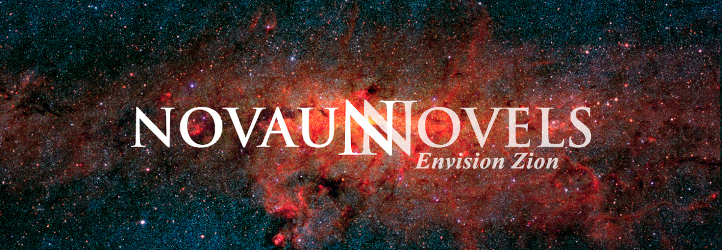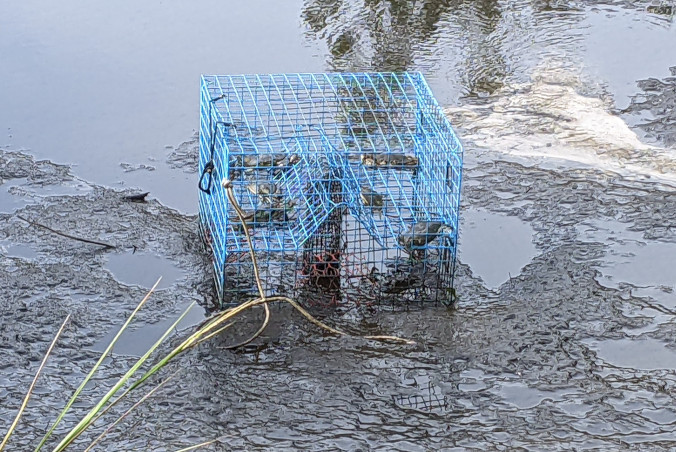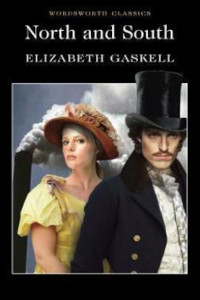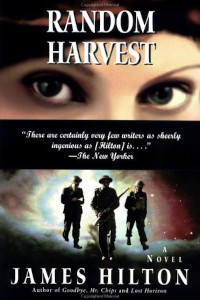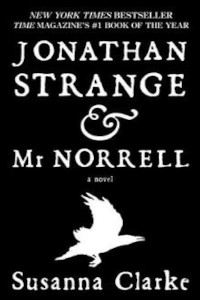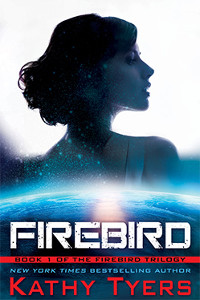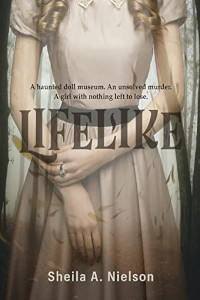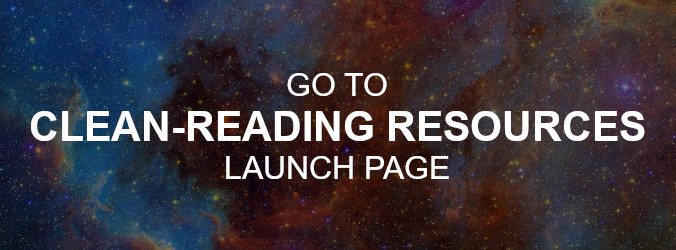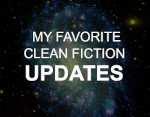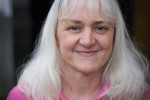In this series of blog posts, I give strategies for finding “clean reads” that go beyond relying on curated book lists. Please see “Part 1: The Toxic Sea” for the introductory post.
As a young married woman in the early 1980s, I was frustrated with the books I was reading. The ones with depth contained profanity, graphic sex and violence, and immoral themes, and the ones that didn’t were so lacking in substance that I always came away from them feeling as if I had wasted my time. I remember saying to my husband in exasperation, “There is nothing to read!” He laughed at me and replied, “How can you say that? You haven’t read anything yet!”
He was right. I had not yet learned to “fish.” Not only that, but I had refused to search for wholesome fiction in the very place that would provide one of the best harvests.
The Classics. Imagine my surprise when I began reading classic fiction and learned that these books aren’t as difficult as I had believed they were. If you can read the scriptures, you can read the classics. English speakers who regularly study the King James Version (KJV) of the Bible—which was originally published in 1611—will have little trouble understanding English written in the nineteenth century.
This category contains the best religious fiction you will ever read and is probably where you’ll be most likely to find complex adult fiction that’s clean, particularly if you look for books that were written before the twentieth century.
If you aren’t used to reading the classics, it helps to start with the ones people actually read. To get a few ideas, see the blog post I wrote on this topic entitled “Reading the Classics for Fun.” You can also find popular classics on Project Gutenberg’s “Frequently Downloaded” list. I was a member of a group for fifteen years that read the classics. To access the list of the books we read and links to more lists, see my “Great Books Group” page.
In my search for the classics, I also found clean fiction I liked in a related category: Old Popular Books. These are books that were written many decades ago, when society’s standards were stricter than they are now. These books missed becoming classics and have been forgotten by popular culture, but many of them can be found in libraries and used bookstores. Some of them are being reissued as ebooks.
The best way to learn about these books is from people who’ve read them. Many years ago, I asked for book recommendations from the women in my church congregation, which turned into the list, “Clean Reads for Adults, Teens, and Children.” I compiled this list in 1998 and haven’t added to it, which means that there’s nothing on it that was published after that year.
Another way to find old pop is to pay attention to the credits when you watch classic movies. Many of these films are adaptations of books that were popular at the time they were made. Another way to find these titles is by perusing bestseller lists from long ago, such as these: “Goodreads: Best Books of the Decade” and “The Books of the Century.”
I’ve had the best luck finding clean books by trying those published before 1960, although it’s important to understand that the date of publication is a gauge—not a guarantee. Does that mean that every book published for adults by a mainstream press in the last sixty years contains unwholesome elements? Of course not. But the harvest becomes smaller the further you get into the twentieth century and beyond. If you want to find wholesome contemporary books, you’ll have greater success if you understand modern fictional genres and their expectations.
The “Clean” Categories. If you’re looking for contemporary fiction without profanity, graphic sex and violence, and immoral themes, you’re more likely to find it if you do searches on these categories: Clean and wholesome romance, sweet romance, gentle reads, cozy mysteries, fiction for children and teens, inspirational fiction, and Christian fiction. While not everything you’ll find in these categories will be pristine, these books will usually be cleaner than their counterparts in other categories.
As you do searches in the “clean” categories, you’ll find a lot of titles published by companies that are affiliated with religious organizations. I’ll tell you about two of these publishing arenas.
Christian Fiction. Searches on the term “Christian Fiction” will bring up books published by companies affiliated with the Evangelical Christian Publishers Association (ECPA), formerly known as the Christian Booksellers Association (CBA). This is a huge market that’s been around for decades. To find titles that have been singled out for excellence, check out The Christy Awards. For an enormous list of Christian ebooks and audiobooks that may be available for purchase by your local library, see Overdrive’s Christian Fiction page. Clicking on the “Filter” option for this page will give you a list of Christian authors and publishing companies.
A sub-genre of Christian fiction serving members of The Church of Jesus Christ of Latter-day Saints has also been around for decades. I wrote about the relationship of this sub-genre to the larger arena of Christian fiction in “Is Fiction Marketed to Latter-Day Saints ‘Christian Fiction’?” Some titles in this sub-genre are meant for members of the Church, and others, such as those published by Deseret Book under the Shadow Mountain imprint, are distributed to the mainstream market.
For a list of fiction by members of the Church singled out for excellence, see the Whitney Awards. A book doesn’t have to contain religious content or themes, or contain overt references to the Church, to receive a Whitney Award. Many of them are published to a general audience and are meant to be of interest to a wide range of readers. There’s no guarantee that books from this source are free from foul elements, but I’ve found some good reads on this website.
You may think that reading a book that comes from a religious tradition different from your own will be uncomfortable, and it can be, but you may be surprised to find some very good books this way. For my own approach to this issue, please see the blog post I wrote entitled “What About Doctrinal Differences?” You may have already read books written from different religious perspectives and thought nothing of it. How many of these religious novels are you familiar with?
- The Chosen, by Chaim Potok (Jewish)
- Christy, by Catherine Marshall (Presbyterian)
- Crime and Punishment, by Fyodor Dostoevsky (Orthodox)
- Jane Eyre, by Charlotte Brontë (Anglican)
- Les Misérables, by Victor Hugo (Roman Catholic)
- North and South, by Elizabeth Gaskell (Unitarian)
Classic, Clean, or Christian. I have one final search tip that will bring up titles from all of the categories I listed above. Pick a genre and put “classic,” “clean,” or “Christian” in front of it. For example, try classic romance, clean romance, and Christian romance. Or try classic thriller, clean thriller, and Christian thriller. You’re going to find far more titles than you could ever read. In my next post, I’ll focus on strategies you can use to sort through the catch.
Note: This series of blog posts features covers for many of my favorite books in multiple categories and from various time periods. Some are well-known, and others aren’t, but I believe that all of them will be accessible and enjoyable to many teens and adults looking for outstanding clean fiction. Click on the cover to learn more about the book.
The featured image “Crabs in a Blue Trap” is Copyright © 2023 by Katherine Padilla. All rights reserved.
